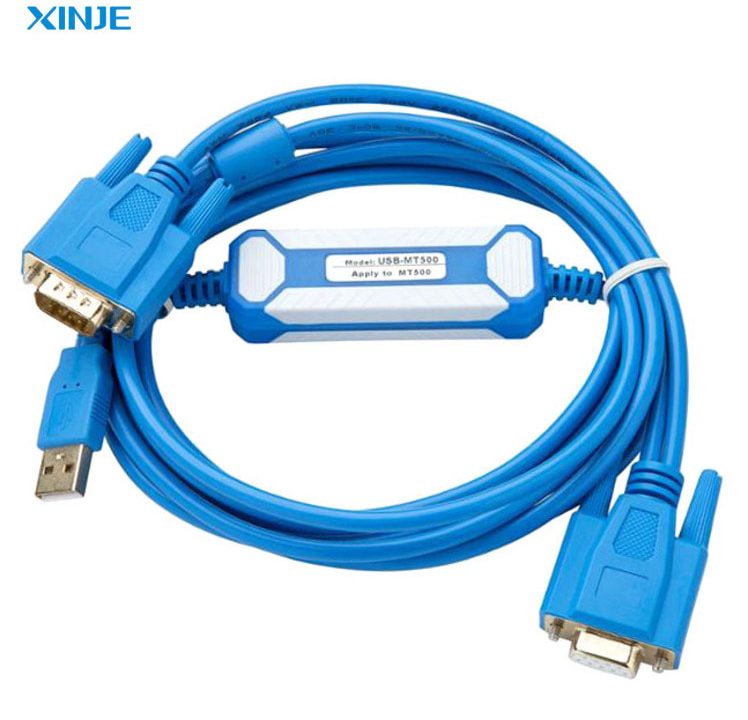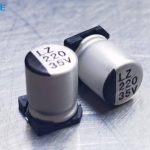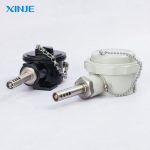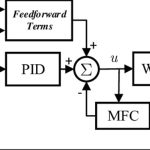In an automation system using HMI, connecting the computer and HMI device via USB cable is a basic but very important operation. However, for this connection to work stably, you need to install the correct HMI USB cable driver. The following article will help you understand what this driver is, its role, how to install and handle common errors when used in an industrial environment.
What is HMI USB Cable Driver?
HMI USB Cable Driver is an intermediary software that allows the computer to recognize and communicate with the HMI device via a USB cable.
When you connect the HMI to the computer to load the program or configure the system, the driver acts as an “interpreter” between the operating system and the HMI device. If the driver is missing, the USB cable may not work properly, causing errors in recognizing the connection port or data transmission failure.
The main functions of the driver include:
- Activating the USB port or virtual COM port so that the computer and HMI can communicate
- Ensuring that the data transmitted is in accordance with the communication standard
- Supporting the identification of standard USB cables of different HMI lines (such as XINJE, Siemens, Delta…)
What are the types of cables commonly used with HMI?
Depending on the HMI line and the connected device, there are many different types of cables. Here are some common types:
- USB to Serial (RS232): often used to connect HMI to a computer or PLC with RS232 standard
- USB to RS485: supports communication with industrial devices using RS485 communication (multipoint)
- USB to TTL: used in some embedded devices or low-cost HMIs
- Specialized cables of each brand: for example, HMI XINJE may require a separate USB cable with a specific driver to recognize the correct device
Choosing the right type of cable and installing the right driver will help ensure that the process of loading the program or configuring the HMI goes smoothly, avoiding errors of losing connection or hanging the program.
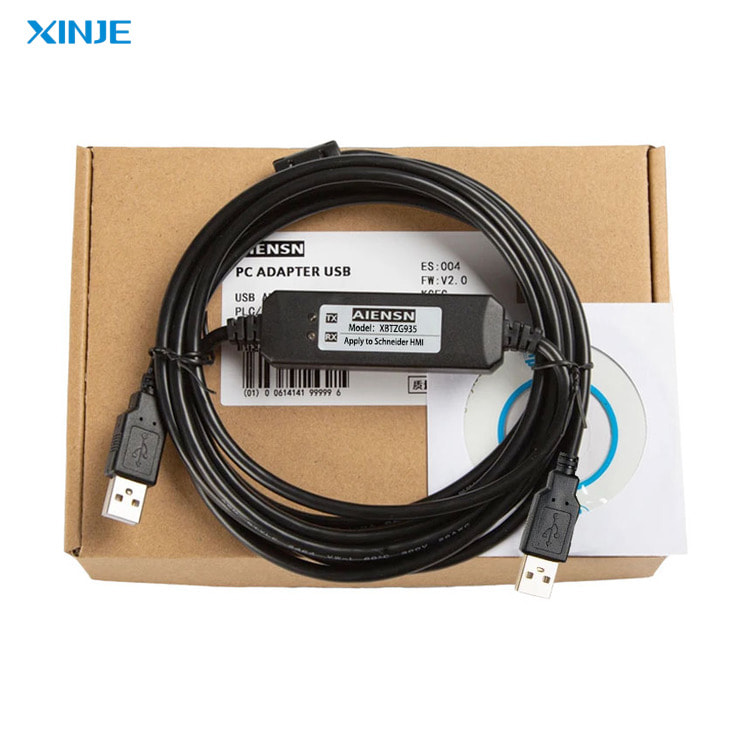

Why is it necessary to install HMI USB Cable Driver?
In the process of working with HMI, especially when programming, monitoring or updating firmware, connecting the HMI device to the computer is mandatory. However, the physical connection via USB cable only really works when the operating system recognizes the cable through a compatible driver.
- Make sure the computer recognizes the cable: Without a driver, the computer will display an “Unknown device” error or no connection port will be displayed to select in the HMI programming software.
- Enable a virtual COM port for the software to communicate with the HMI: The driver helps create a virtual COM port – where the program loading software (such as XINJE TDeveloper) can communicate directly with the HMI device.
- Ensure stable data transmission: Missing or using the wrong driver can cause connection interruptions, data transmission errors, and even device crashes.
- Compatible with new HMI lines: Many modern HMI lines require updated drivers to be compatible with Windows 10/11 or 64-bit operating systems.
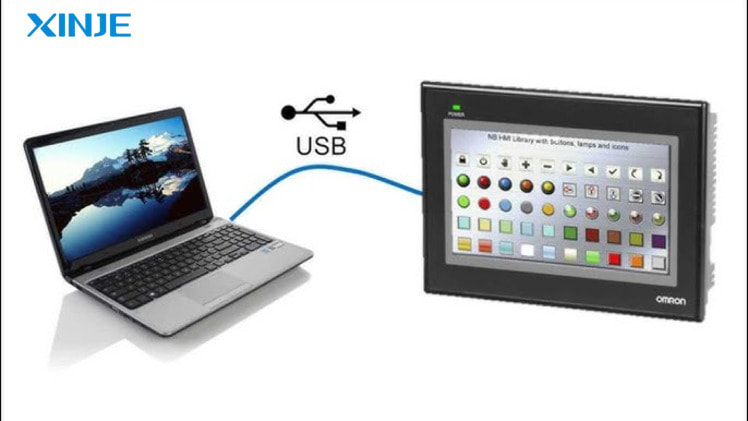

What are the things to consider when choosing a USB cable for an HMI?
Choosing the right type of USB cable not only helps the device operate stably but also helps you save time troubleshooting connection errors. Here are some important notes:
- Choose the right cable for the HMI line in use: Each HMI manufacturer (such as XINJE, Delta, Siemens…) often designs a separate USB cable or requires different connection standards. You should carefully check the specifications before buying.
- Prioritize genuine or compatible cables: Genuine cables often come with drivers or are supported with regular driver updates, ensuring high compatibility.
- Avoid cheap, unknown-origin cables: Some cheap USB cables may use fake (clone) chips, which are not fully compatible with the new operating system, causing errors during the program loading process.
- Check the driver support for the operating system you are using: If you are using Windows 10/11, make sure the cable supports drivers for this operating system.
- Consider choosing a cable with shielded features: In industrial environments, shielded features help increase the stability of the connection between the HMI and the computer.
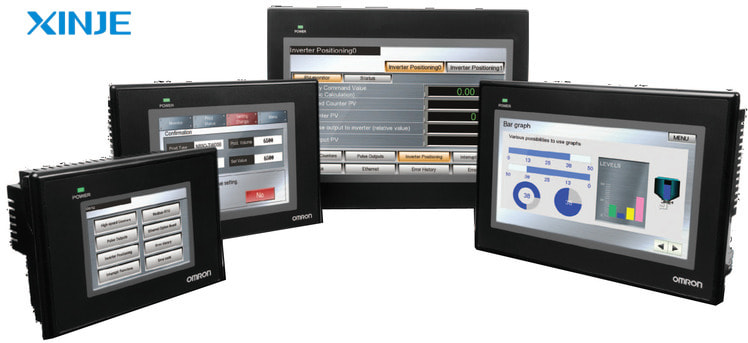

Conclusion
Using the correct HMI USB cable driver plays an important role in the process of connecting and programming HMI. A compatible driver not only helps ensure a stable connection between the computer and HMI, but also minimizes errors during data transmission.
To achieve high efficiency, businesses should choose quality cables, install the correct driver from a genuine source and check carefully before operating. This is a basic but indispensable step in every automation system using HMI.

